

James Wong
2026 Audi Q5 review: Quick drive
6 Days Ago
The lobby group's submission to the government's policy working group also suggests replacing VFACTS sales database and harmonising ADRs.

Senior Contributor
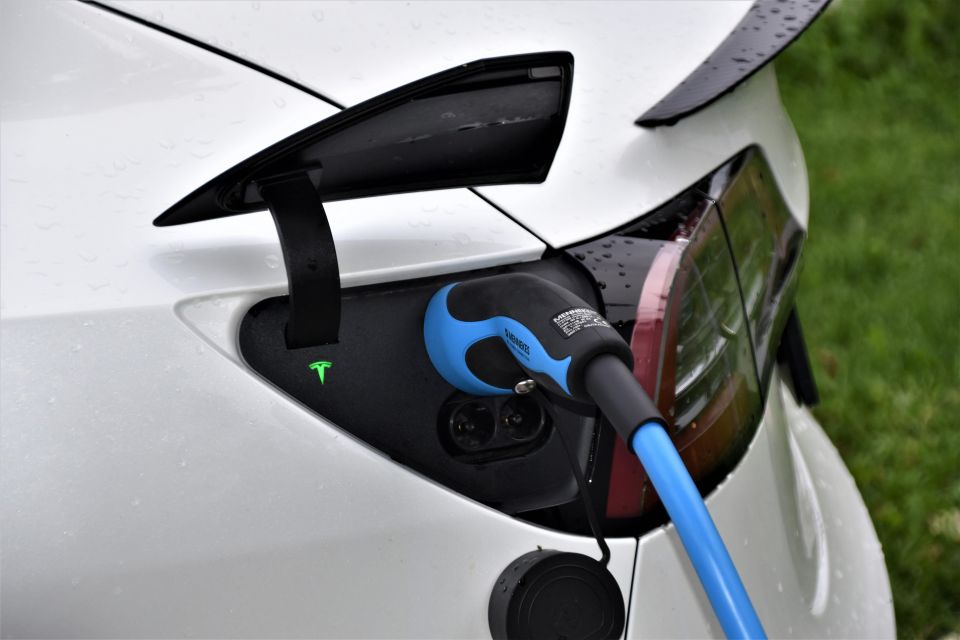

Senior Contributor
The Electric Vehicle Council (EVC) has published a series of recommendations for the Federal Government, as the latter gears up to design Australia’s first fuel efficiency standards.
Fuel efficiency standards – put on the legislative agenda in April – set caps for the amount of CO2 emitted by a carmaker’s vehicles, averaged out across a year’s sales.
The EV lobby group reiterated its view that “globally competitive” standards for Australia are integral to unlocking more supply of vehicles with lower or zero tailpipe emissions.
This view is widely supported by industry stakeholders, though the EVC’s recommendations go further than some.
The EVC has also circulated an e-form for people who support the set of recommendations, to sign and send to the government.
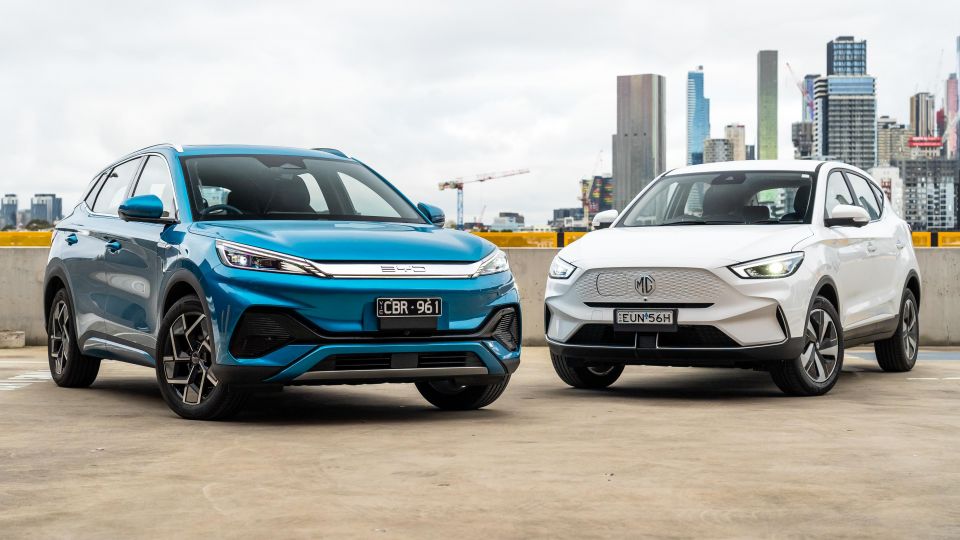
The deadline for all public submissions to the government’s fuel efficiency standard working group is May 31 this year.
It wants fuel efficiency standards, which it rebrands as the New Vehicle Efficiency Standard (NVES), to kick off from 2024, with reviews built in for 2026 and 2029.
The headline figure is the goal to achieve at least 50 per cent electric car sales among new light vehicles (passenger cars, SUVs, and light commercials) by 2030, and up to 95 per cent EV sales on new vehicles by the mid 2030s.
To the end of April 2023 the market share of EVs sits at 6.8 per cent in Australia, with almost no sales in the commercial vehicle sector. The 50 per cent goal is endorsed by some states and territories such as the ACT, New South Wales, Queensland, and Victoria.

That 50 per cent goal is also part of the Biden Administration’s 2030 target in the USA, while the EU wants to phase out CO2-emitting cars (tailpipe) by 2035.
The National EV Strategy claimed by 2030 the national grid should run on 82 per cent renewables, as part of a wider goal to cut national emissions 43 per cent relative to 2005 levels by this time.
The EVC wants the penalty rate for brands exceeding the annual average CO2 cap to be “consistent with other major countries”, much like the stringency of CO2 targets, and it’s open to the inclusion of concessions or bonus credits.
It also says carmakers should be provided with the flexibility to bank, trade, and pool these credits with a carry-back period of two years, and a carry-forward period of three years – in line with a review of the standard taking place every three years.
That smooths out the variations across vehicle lifecycles for one thing, and gives brands with lower average CO2 emissions the ability to sell these credits to brands with less green model mixes.

However it suggests axing off-cycle or air-conditioning credits as used in some markets, and says the policy should only offer short-term technology ‘super-credits’ (like those in the EU) for specific vehicle segments where EV sales are slow.
The EVC supports different targets for passenger cars (MA), and off-road 4x4s (MC) and light commercials (NA), as are found in the FCAI’s voluntary CO2 standards, and setting different targets for different size vehicles via a so-called mass limit curve.
The submission also tells the government not to play favourites with certain carmakers, and to be aware the rapid rollout of new brands will play bigger roles in EV take-up. This is a dig at the FCAI (lobby group for the car brands) and its alleged Toyota focus.
“The standard must be designed around the ability for the market as a whole to meet the government’s annual targets, not catering to the needs of individual car makers,” says the EVC.
Part of tracking each brand’s CO2 emissions divided by sales would require the government to establish an independent source of vehicle sales, the EVC claims. The current VFACTS sales database is compiled by the FCAI and uses car brand submissions checked against registration data.
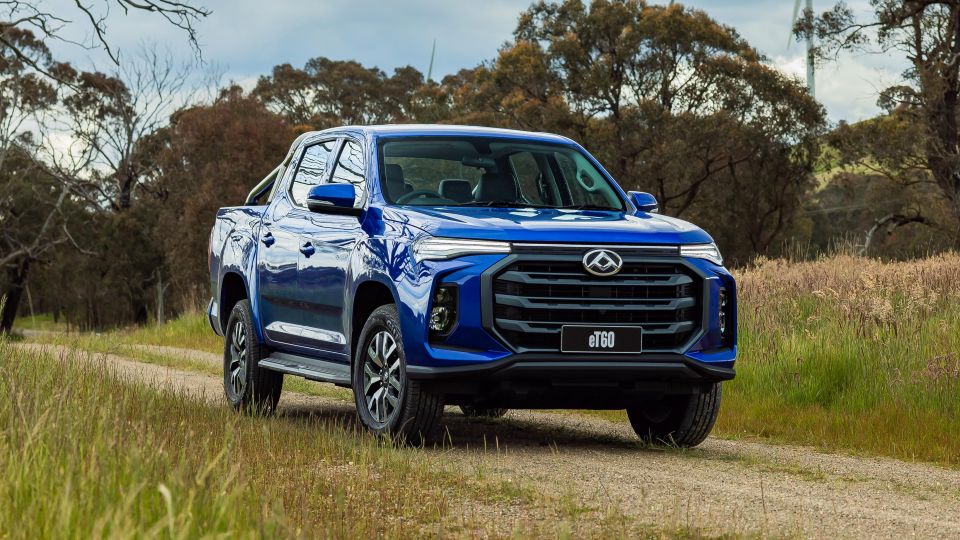
“Car makers should also be provided with tools that clearly identify how they are tracking against targets in real-time – as is the case with New Zealand’s Clean Car Standard System,” the EVC suggests.
It also proposes some supporting policies including widely called-for revisions to Australian Design Rules, which require cars sold here have specific features not required in most markets.
The EVC wants ADRs harmonised with international standards, including allowing direct acceptance of type-approved EVs from major markets in volume supply
It also suggests the government consider targeted incentives for farmers, tradies and remote communities to adopt LZEVs.
The Australian Government confirmed its intent to legislate light vehicle fuel efficiency standards in April, with the publication of its National Electric Vehicle Strategy.
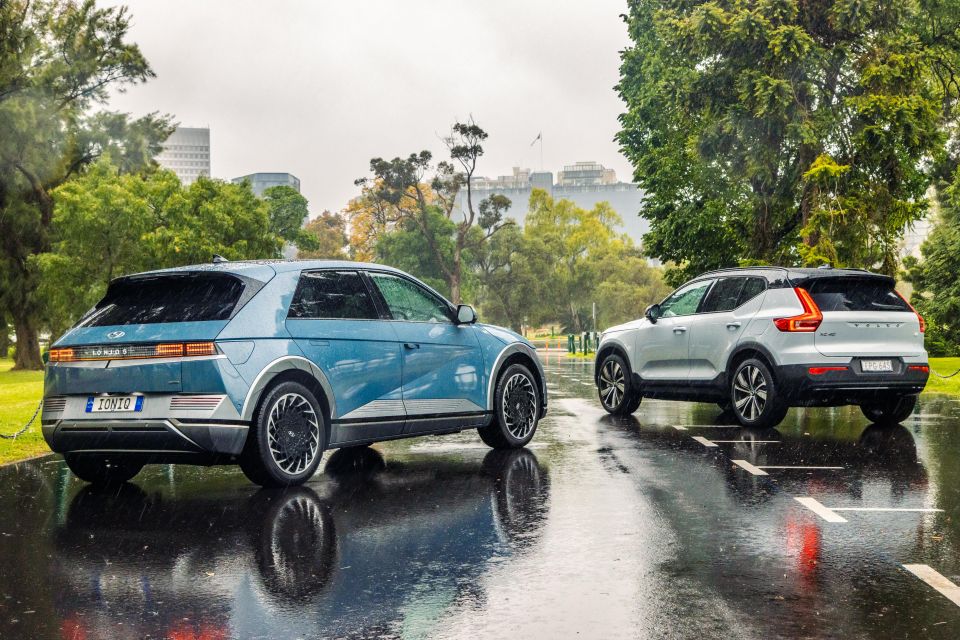
It then bought time by asking associated companies, researchers, and representative bodies to share their recommendations on how to design them.
Fuel efficiency standards set per-vehicle average fuel efficiency and CO2 emissions targets, and governments punish vehicle suppliers that fail to meet or beat them.
One of the purposes of such a policy in Australia is to encourage carmakers to send us more of their latest fuel-saving technologies – including efficient internal combustion engines, hybrids, more EVs.
In other words, to move Australia up from the back of the queue as a minor market with hybrid and EV stock shortages around the block on most – but not all – models.
The targets are applied on average. This means that suppliers can still sell any vehicle they like, but will need to sell more of the ‘cleaner’ cars to offset the (often very profitable) heavier-emitters they sell.
More supply of lower-emissions vehicles means lower prices and more choice. It also opens the door to more big business and government fleets to adopt lower-emitting vehicles, as they’re attracted to their lower running costs over higher mileage.
Fleets make up 50 per cent of Australia’s annual new vehicle sales, and they also underpin a strong used-vehicle sector when they’re turned over every few years. The majority of people (about 70 per cent) buy used cars.
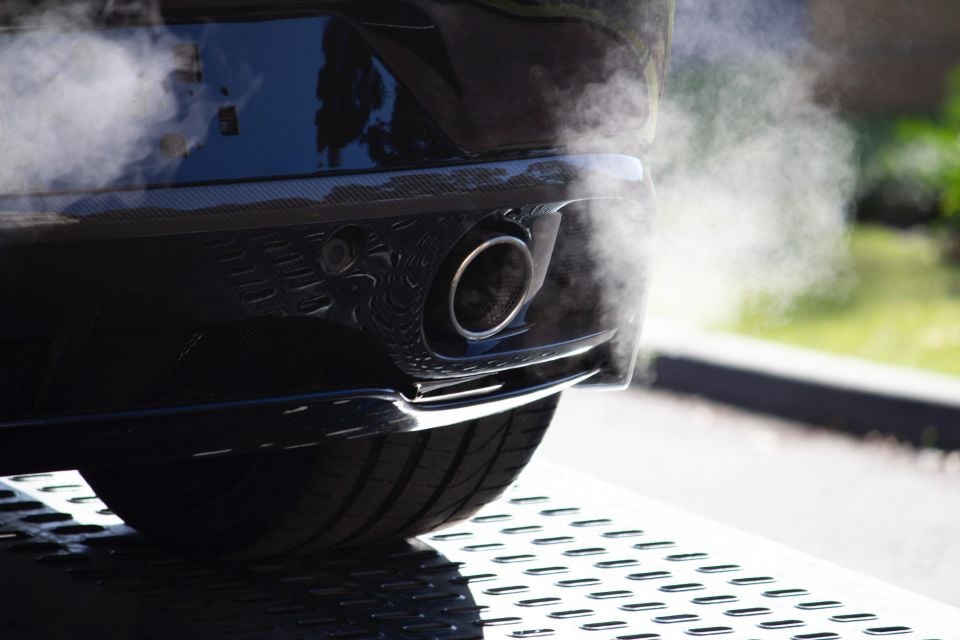
This is why the government created fringe-benefits tax exemptions for EVs and PHEVs, because FBT is a tax payable by employers who provide staff with a company car. This makes these vehicles more compelling propositions.
More than 85 per cent of cars sold worldwide are covered by a fuel efficiency standard including those in the US, the EU, New Zealand, China, and India.
On average, passenger cars in Australia emit 40 per cent more CO2 than the European Union, 20 per cent more than the US, and 15 per cent more than New Zealand, according to government modelling.


James Wong
6 Days Ago


James Wong
5 Days Ago


Max Davies
4 Days Ago


Josh Nevett
2 Days Ago


Max Davies
2 Days Ago
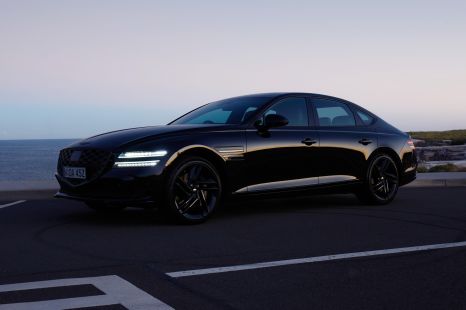

William Stopford
1 Day Ago